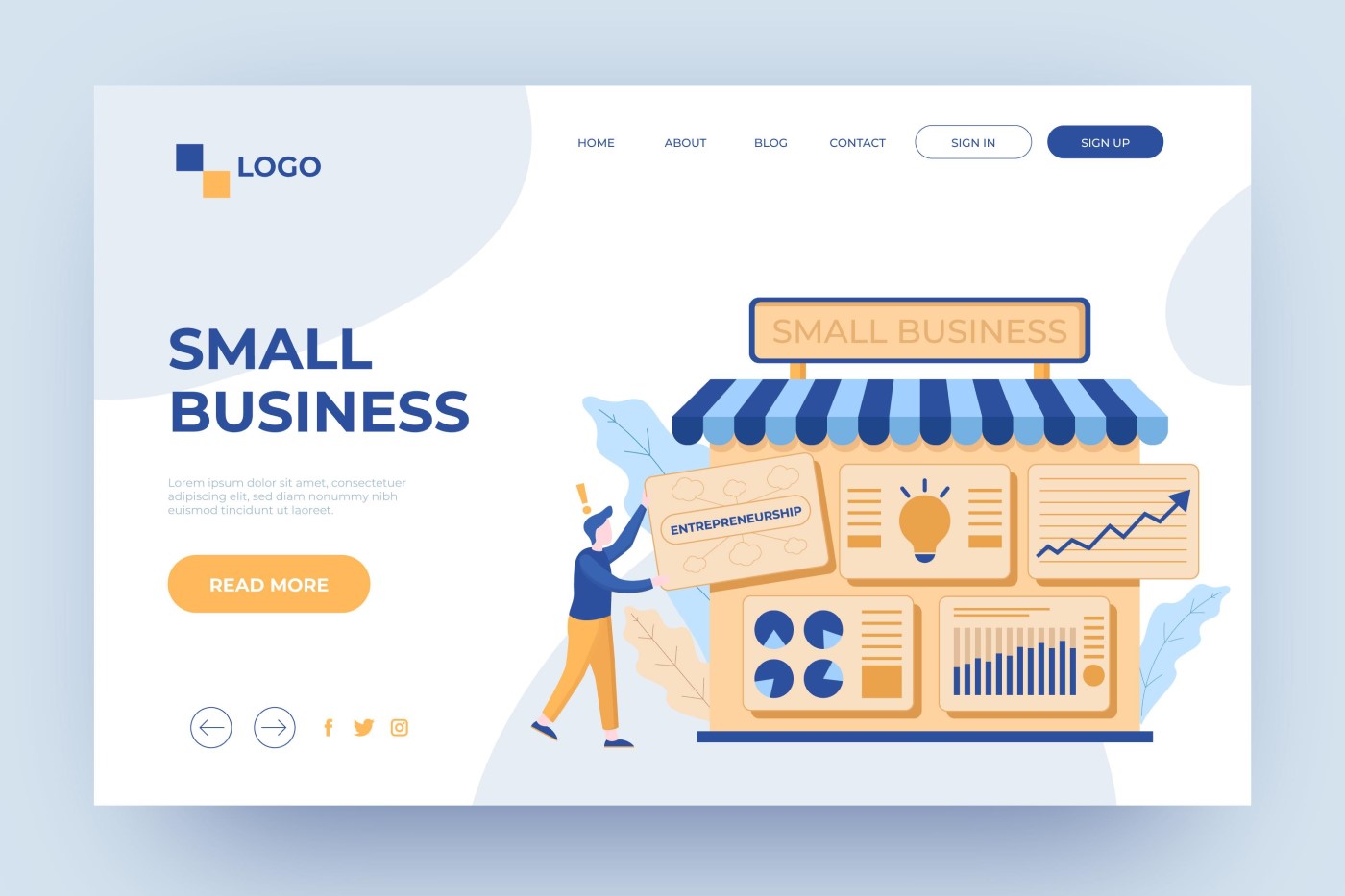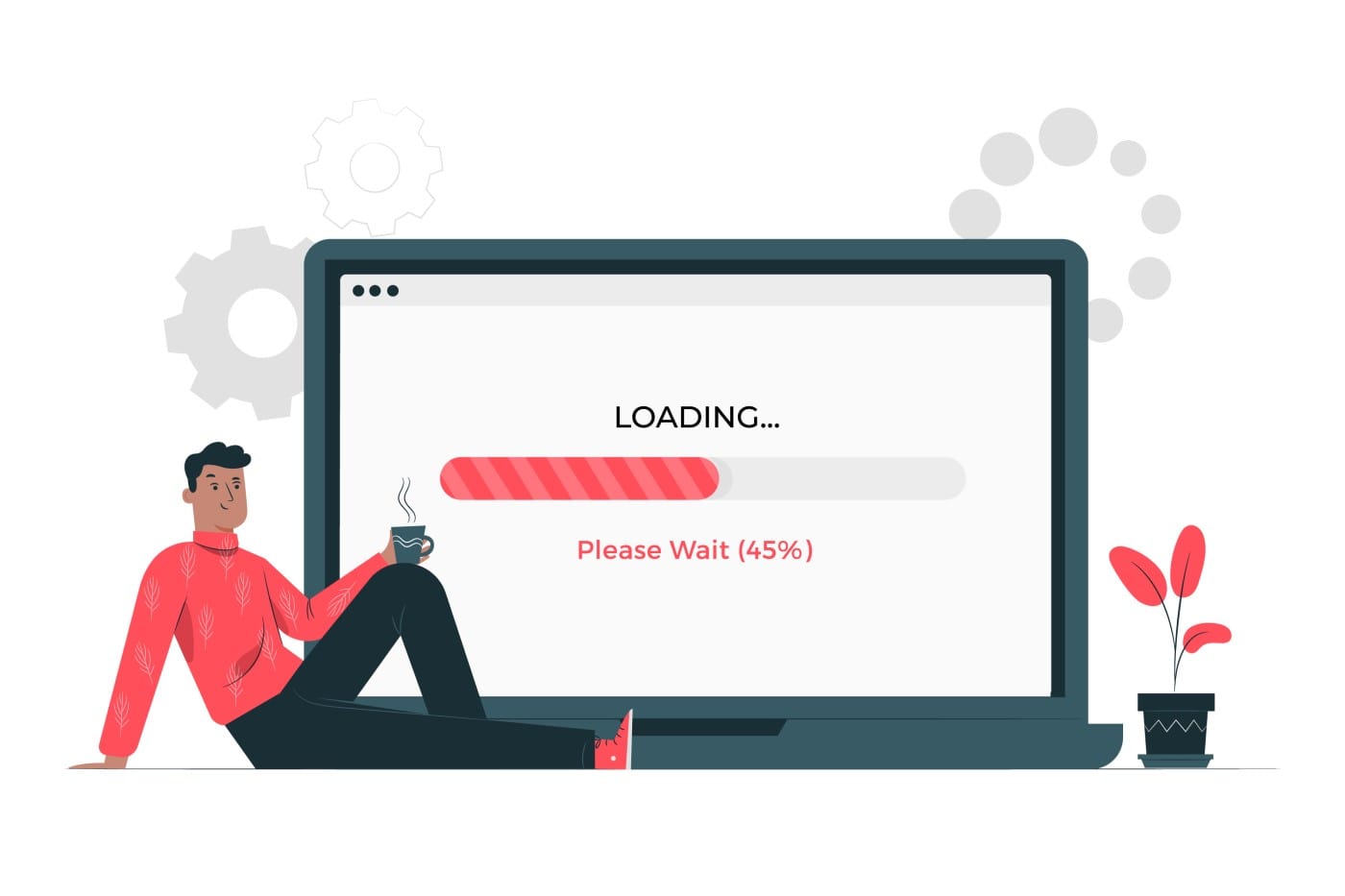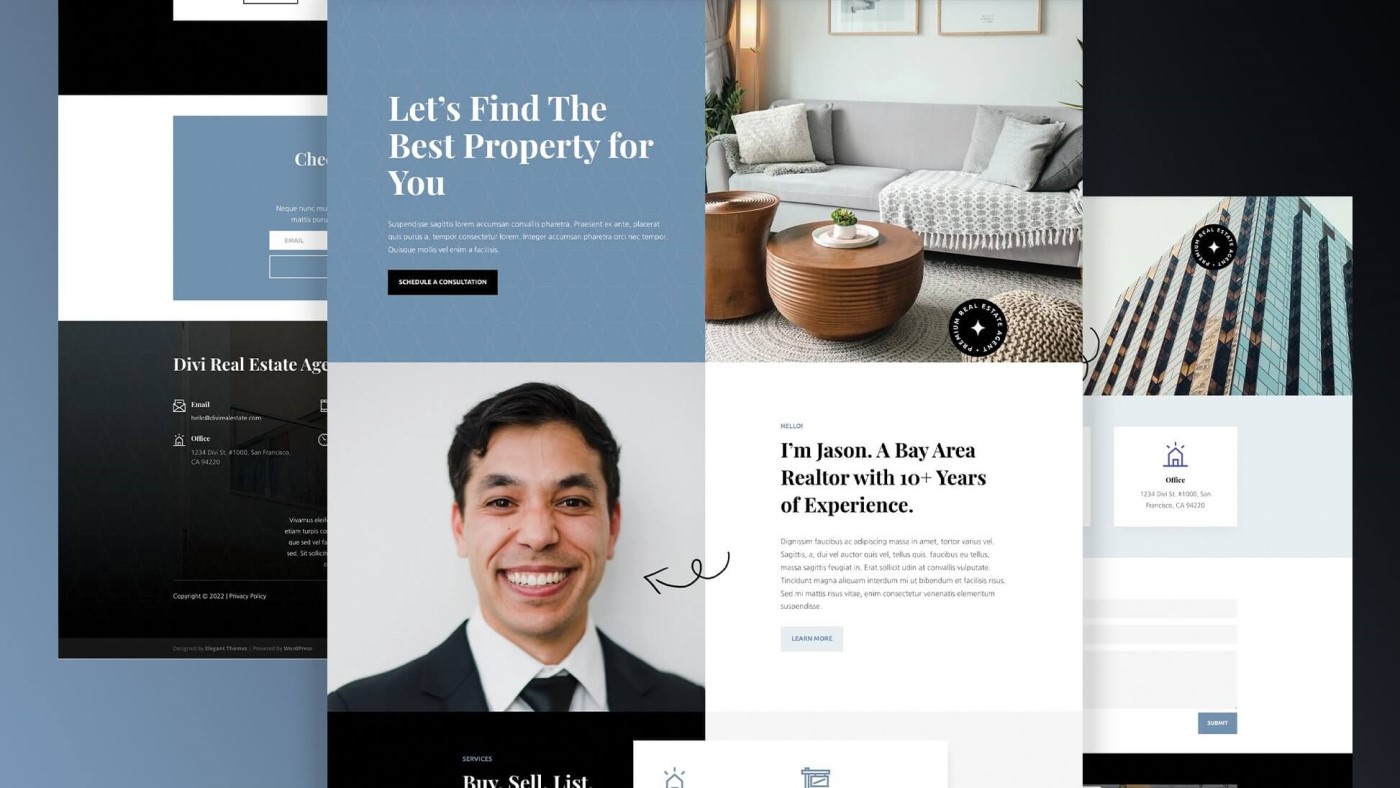Top 7 Tips to Build the Best Small Business Website
- By: Ankit C.
- In: Web Development

One cannot overestimate the significance of a well-designed website for a small business. A user-friendly website is crucial for small businesses to compete in today’s digital marketplace. It helps in reaching the target audience. Small businesses may engage prospective consumers, raise brand recognition, and boost revenue with the perfect website design.
The goal of a professional web designer should be to build a website that increases the amount of web traffic that comes to your business. The website must be smooth and easy to navigate and explore. A small business website must offer the target audience important, relevant information and services. Moreover, it should be visually engaging and unique.
Here are 8 tips for building the best website for your small business. If you stick to these suggestions, your business will have a strong internet presence.
7 Website Tips for Small Businesses
1. Choose Your Domain Name Carefully
Do not rush; think and take your time considering your domain name. Make sure the domain name is simple to remember and spell. People won’t be able to do business with you if they can’t find you.
Choose a domain name that is as clear and concise as you can. Fewer people will likely make an error or forget your URL if it is short. A small business website is typically best suited for a .com domain extension. Avoid using the .net, .co, and other extensions. Sites ending in .com are perceived as reliable and professional. Most websites have a .com extension, so you’ll blend in fine.
2. The Website Should be Mobile Responsive
There are over 4 billion smartphone users in the world. It is speculated that more than 72% of smartphone users will access the internet using their devices by 2025. So, it is only evident that your small business website should be compatible with mobile phones.
Prospective customers may leave your website if they find it challenging to read or use on a mobile device. You must stick to design best practices for small business websites to guarantee that your website is accessible to mobile users. You should use large and clear fonts that are simple to read on small screens, an uncluttered and user-friendly UI, and optimised images for a fast yet compatible mobile website.
3. Keep the Web Design Simple and Unique
Aim to create a website that accurately represents your brand. You can either do it yourself or hire one of the best web design companies in Ireland. Do not use basic website templates if you want to impress your audience. Your website will look like thousands of others if you use generic templates. The website’s homepage should serve as its focal point and be compelling enough to draw in visitors.
Keep your web design simple and clean, yet unique. Visitors expect a smooth navigation experience and must not face errors while browsing web pages. The best web designs for small businesses are straightforward, user-friendly, and free of clutter.
4. Highlight Your Contact Details
Ensure your contact information is displayed on your website above the fold. It is the section of your homepage that is visible without scrolling further. This web design idea will give visitors easy access to your contact details.
Your business name, address, phone number, email address, and social media handles should all be highlighted and displayed as part of your contact details. Providing this information above the fold can increase lead generation and conversion rate.
5. Employ SEO Best Practices
Over 75% of users do not go beyond the first page of search results. Hence, you must use the best SEO tools and strategies for good search engine rankings. It will help your website rank on the first page when potential users search for products and services similar to yours. Since you have a small business, you can also optimise your website for local SEO.
Make sure your small business website has excellent and original content. It should be SEO-rich with relevant keywords. You can also optimise the images using alt tags and on-page optimisation. The title tag, meta title, description, and header tags should also be SEO optimised. You can visit Google Search Central for further insights.
6. Faster Website Load Time
A slower load time is bad for your website. Users might end up leaving your website if it takes too long to load. This not only results in a loss of traffic and prospective clients, but it may also negatively affect how well you rank on search engines.
Speeding up your website to guarantee quick page loads and keep people engaged is crucial. The size and quality of your images, the number of plugins, and the hosting company you select are some critical aspects to consider. Make sure you routinely test and monitor your page speeds.
7. Use CTA’s
Your small business website should have calls to action (CTAs) on each page. These landing pages need to persuade visitors to take an action, like contacting you, booking your service, buying your product, or carrying out another action that advances your company’s objectives. Give them a prominent call to action, such as a button, a link, or a simple direction. You can also keep the CTA above the fold so that readers won’t have to scroll all the way down.
Conclusion
Now that you have the best 7 tips, you can start building your small business website. Remember, it might take some time and energy to make an effective website. Or, you can let the experts handle the job.
As a professional digital marketing agency in Dublin, Ireland, we offer one of the best web development services. Experts at SRVATECH have vast experience creating websites for small businesses in Ireland and the UK. We ensure our clients get the best possible ROI for their business. Feel free to contact us anytime; also, read our blogs to learn more about web design and development.






